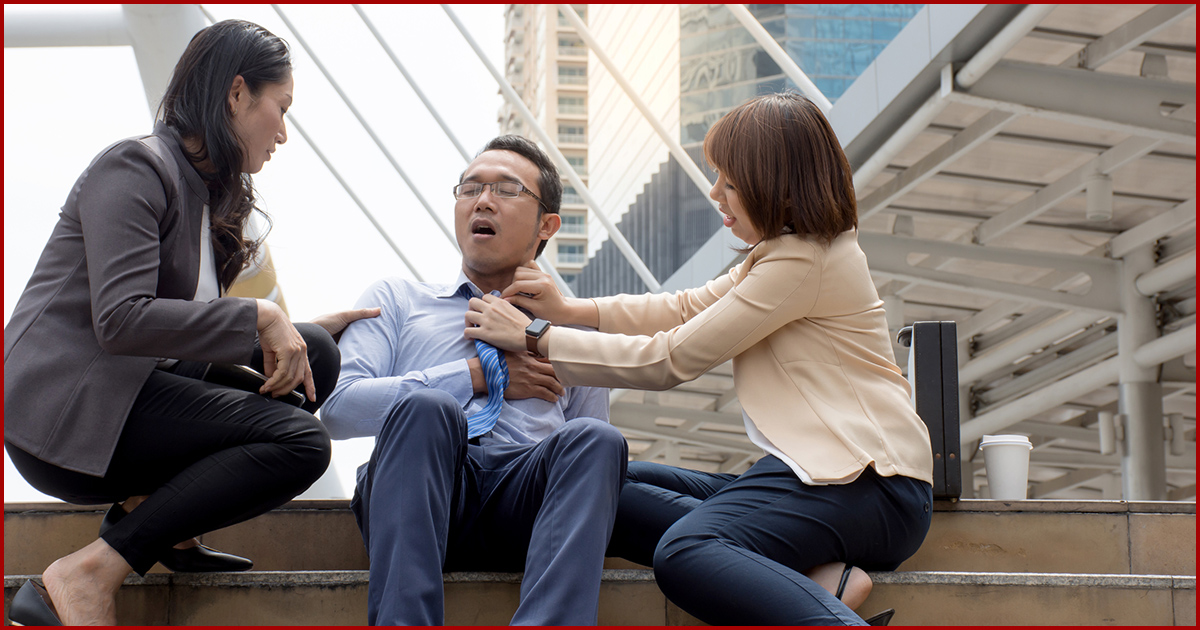What Causes Vertigo? How Posture Plays a Role
Vertigo is a condition characterized by episodes of severe dizziness triggered by specific movements of the head. It can last days, week, months or even years. An estimated forty million Americans will seek medical treatment at some point in their lives due to vertigo. Other symptoms of vertigo may include headaches, ringing in the ears, sweating, eye twitching, nausea, and vomiting. Treatment may be as simple as doing the following exercises to improve posture and head alignment.
Symptoms

People who have vertigo feel like the objects around them are spinning even though they are not. It is a severe form of dizziness that should not be confused with the fear of heights. Although it can occur at any age, vertigo usually develops after the age of sixty-five. Vertigo itself is considered a symptom, but it can also cause other symptoms, such as a feeling of fullness in the ear, nausea and vomiting, problems with balance, lightheadedness, rotational dizziness, and motion sickness even when not moving.
Causes

Vertigo is caused by an error in the sensory pathway of the ear or brain. It can develop as a reaction to many medications, or it can be due to an illness, tumor or virus. Vertigo is linked to over sixty psychiatric and medical conditions. A doctor should be able to determine the cause of vertigo as it is different for everyone. Some patients will experience idiopathic versions of vertigo, meaning there is no particular cause or origin of the dizziness.
Gravity Malfunction

Some health experts believe that vertigo occurs because of a malformation in the way humans perceive gravity. Proprioception is a term used to describe the unconscious perception of spatial orientation and movement that occurs as a result of stimuli within the body, which means that the body knows where it is in relation to the ground at all times. All humans have an inner sense of the ground no matter where they are located. Vertigo occurs when a person loses sight of this.
Body Systems That Maintain Gravity

Semicircular canals consist of three interconnected tubes located deep in the inner ear. They contain a fluid known as endolymph, which flows freely when the body has a central field of gravity that allows a person to function without getting dizzy or losing their balance. Eyesight also plays a role in determining one’s gravity. Anyone who has closed their eyes and tried to walk knows that it is much harder to find one’s center of gravity.
Vertigo And Lack Of Center Of Gravity

Vertigo occurs when the systems mentioned above fail due to poor posture or the improper position of a person’s head. A body that is perfectly balanced has correctly aligned shoulders, hips, knees, and ankles, which enables the spine to maintain its “S” shape. This “S” shape is critical for the head to properly rest of the top of the spine so that the ears are perpendicular to the ground. When one joint deviates from its position, a person begins to lose their center of gravity, and they feel dizzy.
When The Body Systems Do Not Line Up

When the head becomes out of balance or unaligned, the body’s three systems that typically maintain balance become confused. Because of proprioception, the body knows where it is in relation to the ground; therefore, it sends the correct signals to the brain. The eyes also confirm this as they can see where the body is positioned. But the inner ears send a message to the brain that is not in agreement with the other two body systems. This causes dizziness, confusion, and sometimes nausea and vomiting.
Improper Adjustment

When the head becomes unaligned, the spine takes the shape of a “C” instead of its usual “S” shape. The body responds by adjusting to this new position, which is why most cases of vertigo go away in a few days. Vertigo will continue to become a permanent problem if proper alignment is not sustained. Eventually, the fluid in the inner ear thickens and develops calcifications to the cilia of the inner ear, causing vertigo symptoms that can last for years.
The Solution

The solution to returning the body to its original “S” shape is to return the head to its proper position. Restoring proper alignment of the spine and head will also help the body’s three systems send the same signal to the brain, which will alleviate dizziness and confusion. For short-term relief from vertigo, it is important to learn to align the head properly. For the lifelong relief of dizziness, the entire body will need to be realigned. Doing the following exercises at home every day is all it takes.
Sitting Knee Pillow Squeezes

Sitting knee pillow squeezes are designed to strengthen the knees to help realign the body. Start by sitting in a chair or on a bench with the back straight and both feet on the floor. Sit up straight and leave the arms dangling to the side of the body. Place a pillow in between the knees and squeeze with the legs. Continue for three sets of twenty repetitions each. Be sure to look straight ahead and do not slouch.
Three-Position Toe Raises

Most people do not realize that proper alignment begins at the base of their body. Repeating these three-position toe raises will help align the ankles, knees, and hips. Start by taking off the shoes and socks and standing flat on the balls of the feet. Lift the heels up so the weight of the body rests on the toes. Then, turn the knees inward and then outward repeat the same motion. Each position should be done for three sets of ten repetitions.
Shoulder Rolls

Shoulder rolls help relax the neck and shoulder muscles so that the neck can become properly aligned with the top of the spine. It is also a good stretch for the spine. Start by standing or sitting in a chair with the back and neck straight. Relax the shoulders and let the hands and arms fall to the side of the body. Bring the shoulders up and around the neck to perform a rolling motion. Perform three sets of ten repetitions in one direction before changing directions.
Standing Wall

Standing wall is designed to teach the body how to become properly aligned by standing up straight for eight to ten minutes at a time. When performed daily, this motion should help the back return to its original “S” shape from a misaligned “C” shape. To perform, stand with the back pressed up against a wall. Relax the shoulders and neck and let the arms fall to the side of the body. Gently push the back of the head against the wall and hold for eight to ten minutes.